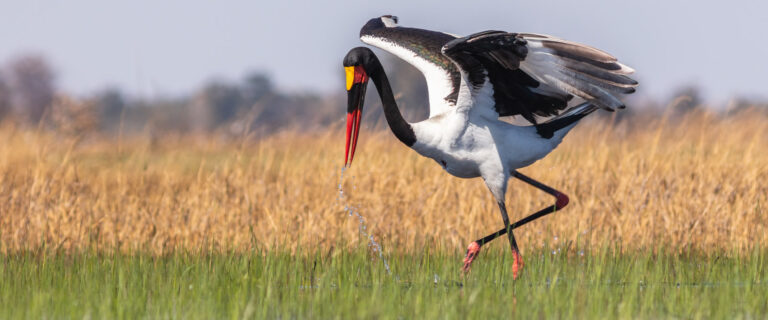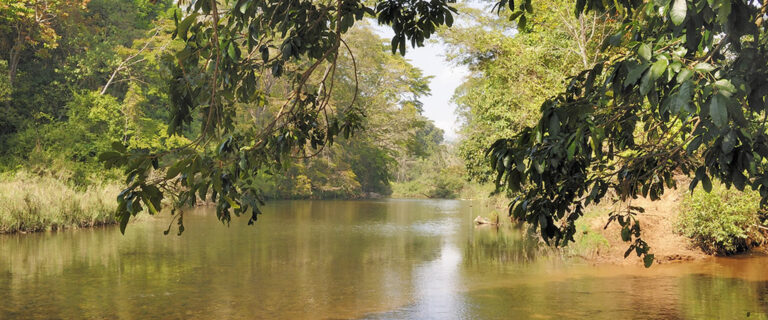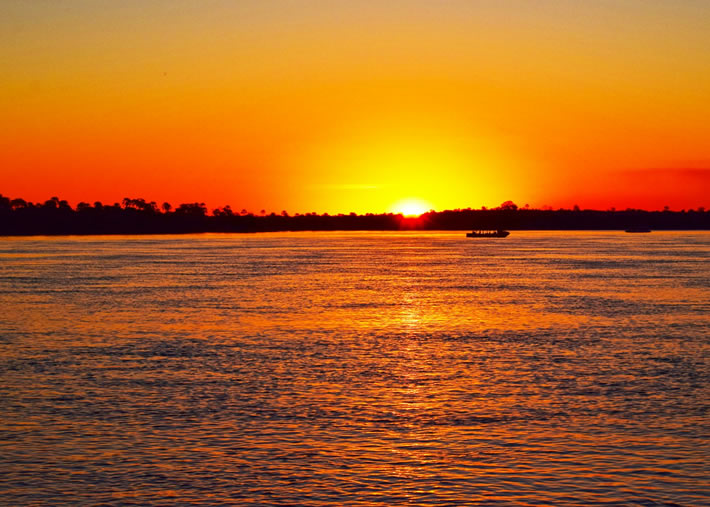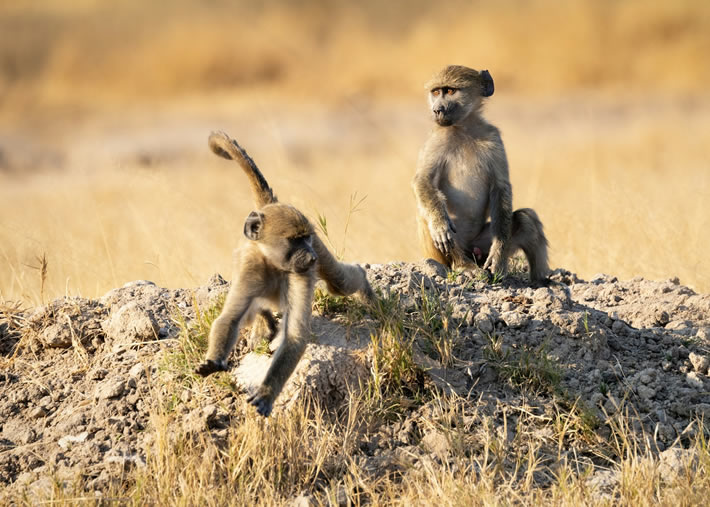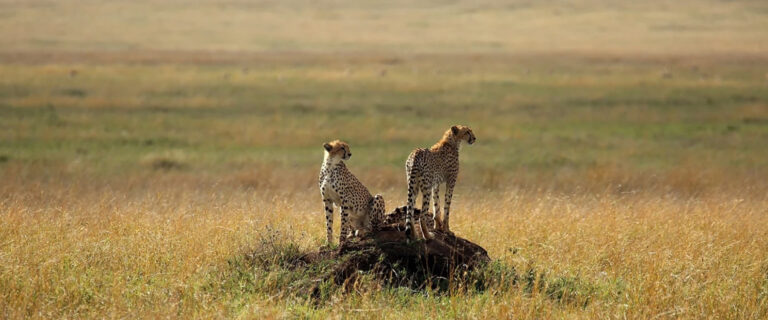- Africa Nature Tours & Safaris
- info@africanaturesafaris.com
- +254722652495
- Diani Beach Office: Mikele Building Opp. Bahari Dhow
Mana Pools National Park, a UNESCO World Heritage Site, is one of Zimbabwe’s most breathtaking and pristine wildlife destinations. Located along the Zambezi River in northern Zimbabwe, Mana Pools is renowned for its natural beauty, abundant wildlife, and unique opportunities for walking safaris and canoeing. The park’s name, derived from “Mana” (meaning “four” in the Shona language), refers to four large pools created by the river, attracting diverse animal species year-round.
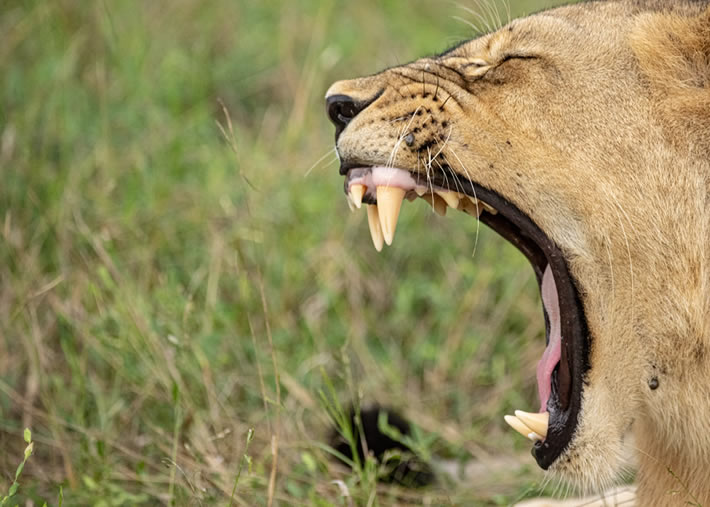



Mana Pools National park
Mana Pools National Park was established in 1963. It lies along Zimbabwe’s northern border on the banks of the Zambezi River, downstream and northeast of Lake Kariba. The area is rich in wildlife and comprises 2,190 square kilometres. The Park was inscribed by UNESCO (United Nations Educational, Scientific and Cultural Organization) as a World Heritage Site in 1984. Mana Pools is ranked as one of Africa’s outstanding wildlife reserves and during the winter months it has the highest concentration of game in the entire continent. Huge herds of Elephant and Buffalo are drawn to the sweet Zambezi waters, followed by Lion, Hyena, Kudu, Nyala, Impala and a multitude of game.
Mana means ‘four’, in reference to the four large permanent pools formed by the meanderings of the middle Zambezi. Here the Zambezi River has left behind the remains of old channels forming small seasonal pools reaching inland for miles. These small ponds and pools such as Chine Pools and Long Pool were formed as the river’s course slowly drifted northward. Reeds, sandbanks, and huge Mahogany and Acacia trees near the river give way to Ebonies and Baobabs, and finally to dense Mopane woodland to the park’s southern boundary along the Zambezi Escarpment.
Mana Pools is one of the least developed National Parks in Southern Africa. It was saved from a hydro-electric scheme in the early eighties which would have seen the flooding of this subsequent World Heritage site. It has the country’s biggest concentration of hippo and crocodiles and large dry season mammal populations of elephant and buffalo. Sadly, what was once the densest population of endangered black rhino in the world is being denuded by poaching despite manned ground patrols.
Wildlife commonly seen in the park include Elephant, Buffalo, Waterbuck, Kudu, Zebra, Eland, Impala, Bushbuck, Lion and Crocodile. Huge pods of Hippo can be seen lying on the sandbanks soaking up morning sun along the Zambezi River. Also often seen are Wild Dog, Leopard, Jackal, Hyena and the rare Nyala. Birding is also fantastic, with large varieties of woodland and water birds present.
For the adventurous traveler, a canoe trip down on the Mana Canoe Trail is one of the best ways to experience the African bush. Guests take a guided canoe safari down the Zambezi river towards Moçambique – a real African adventure where you have to dodge territorial Hippos and camp on sandbanks that are visited by elephants at night. The canoe safaris last anywhere from three to nine days and cover different stretched of the river from Kariba Dam downstream for up to 160 miles, past Mana Pools to Kanyemba near the Moçambique border. Paddling in a canoe down the Zambezi at Mana Pools is one of the most unique safari experiences in Africa – coming close to great herds without feeling like an intruder, enjoying the warm African sun – this is an experience for anyone who loves adventure!
Mana Pools is also one of Zimbabwe’s best locations for walking safaris and ranks with the South Luangwa (in Zambia) and Botswana’s Selinda area as one of the best in Southern Africa. Mana Pools is the only game park in Zimbabwe harbouring carnivores and the larger mammals in which visitors are allowed to walk unaccompanied by guides – a holdover from colonial times. The eastern part of Mana Pools has been designated a wilderness area in which only walking and canoeing along its shores are allowed. There are no roads or other signs of man.
The best time to visit the park for wildlife viewing is at the end of the dry season (August-October) when large numbers of Elephant, Buffalo, Waterbuck and Impala come to the river to drink and graze along its banks. Game viewing is also very good in June and July. During the rainy season, much of the game moves off away from the river towards the escarpment.
Tour Price Includes
- Full board accommodation whilst on safari
- All meals and activities as stated in the itinerary
- Accommodation in double/twin/triple room sharing.
- All park entrance fees to include government taxes and service of an English,German,Italian speaking
- professional driver/guide.
- List Item
- Game drives as detailed in the itinerary
- Extensive Game drives
- Game viewing in camps 4x4 vehicles and UHF radio
- Recommended Mineral Water while on safari
Things you need to budget for. The price does not include
- Visa
- Airport Taxes- client pay direct
- Tips
- Laundry
- Drinks
- Items of a personal nature
- Christmas and Easter Supplements
Related Safaris starting Zimbabwe ideas
Chizarira National Park, one of Zimbabwe’s most remote and least explored parks, offers a rugged, wild...
Nyanga National Park, located in Zimbabwe’s Eastern Highlands, is known for its scenic mountain landscapes,...
Victoria Falls, one of the Seven Natural Wonders of the World, is located on the border between Zimbabwe...
Zambezi National Park, located near Victoria Falls in northwestern Zimbabwe, is a stunning wildlife and...
Matobo (or Matopos) National Park, a UNESCO World Heritage Site located in southwestern Zimbabwe near...
Mana Pools National Park, a UNESCO World Heritage Site, is one of Zimbabwe’s most breathtaking and pristine...
Hwange National Park, located in western Zimbabwe near the border with Botswana, is the country’s largest...
Matusadona National Park, located in northern Zimbabwe along the shores of Lake Kariba, is a lesser-known...

